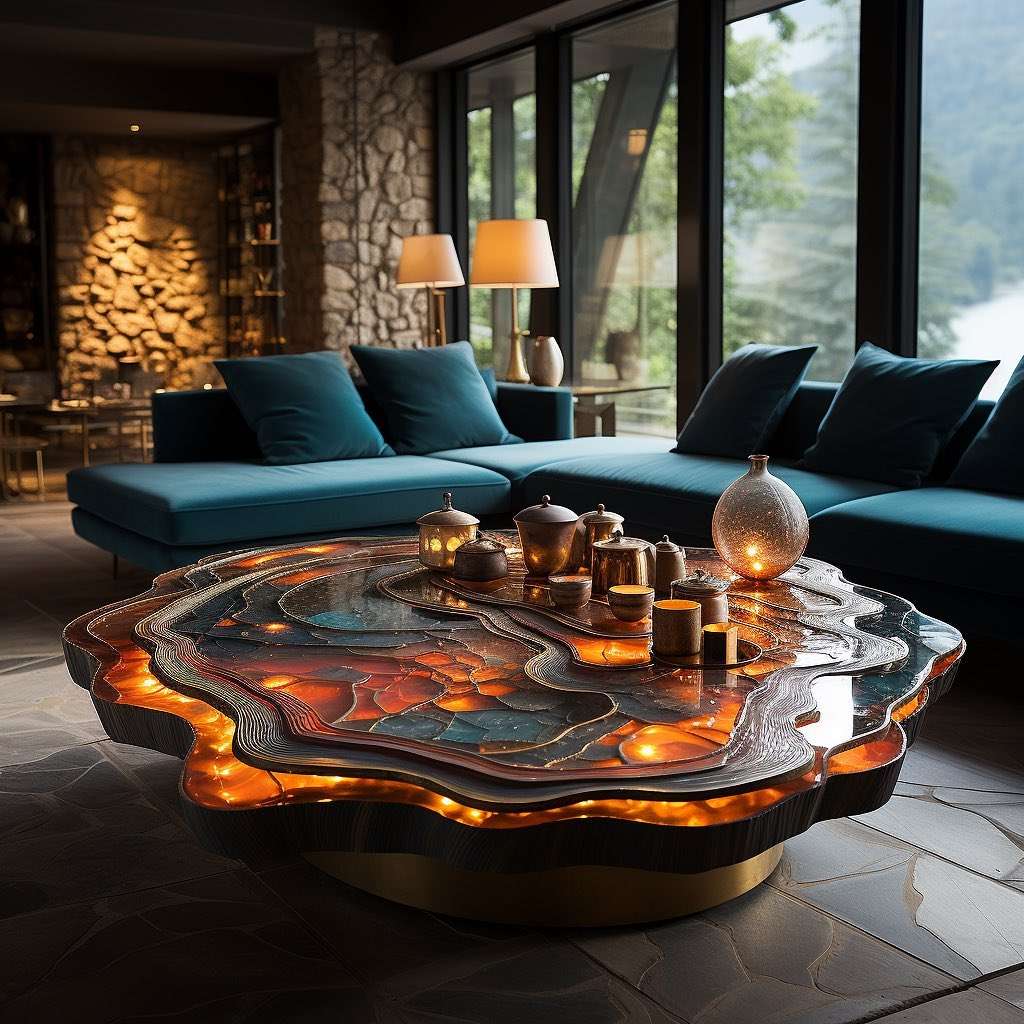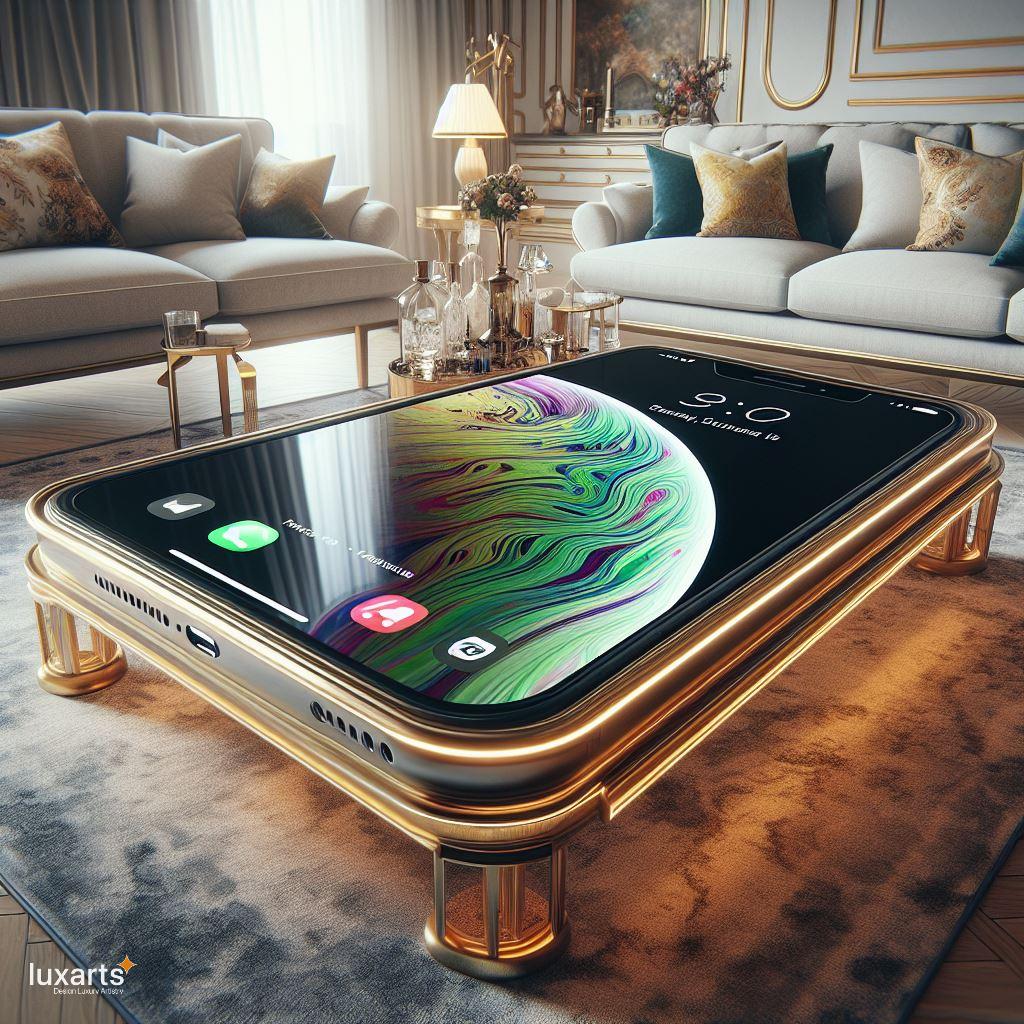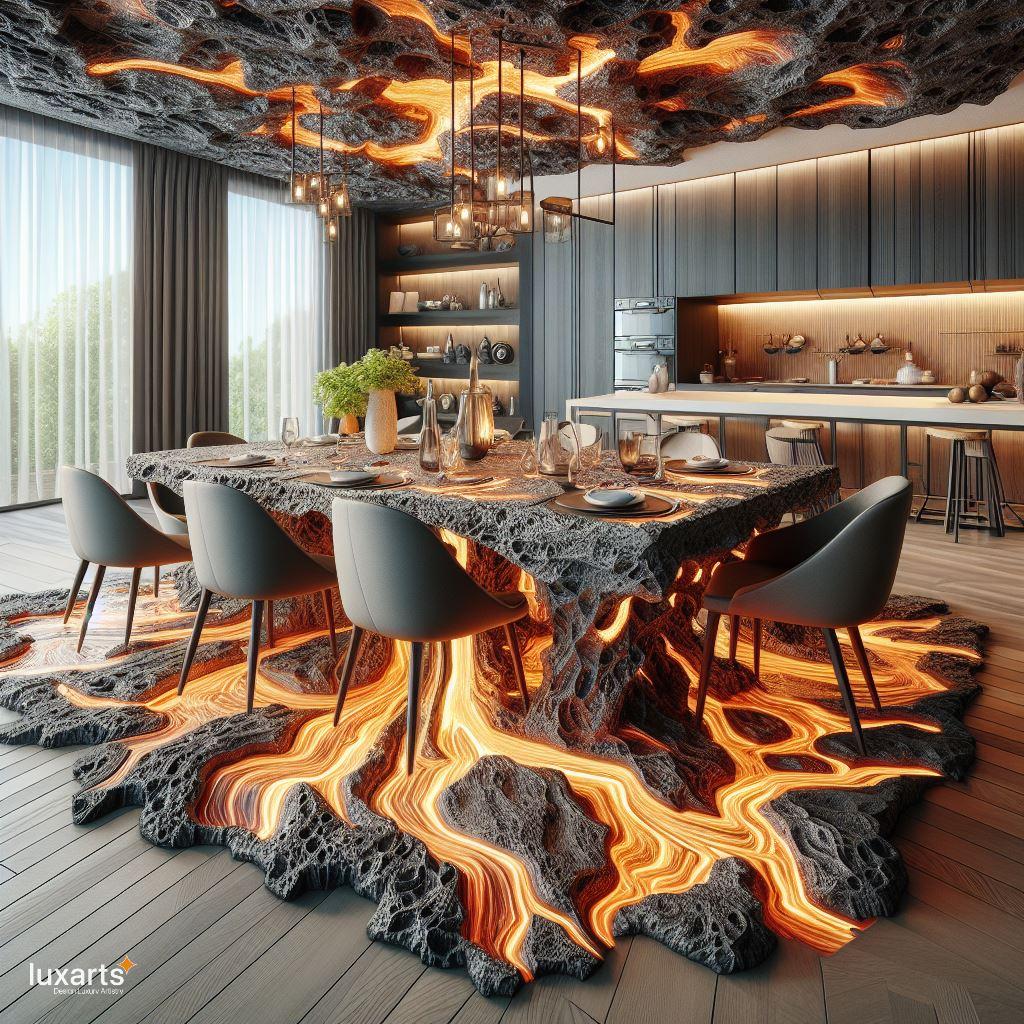Creativity has always been the driving force behind the most impactful and breathtaking designs. Whether you’re an artist, designer, or simply someone with an appreciation for beauty and innovation, the ability to channel imagination into a tangible form is an empowering experience. Enter Dragon Gate, a concept rooted in imaginative design and artistic freedom. This idea isn’t just about producing a product, but about unlocking new pathways to inspire the creative mind, explore color schemes, harness unconventional materials, and ultimately challenge the very boundaries of design.

In this article, we will dive deep into how the concept of Dragon Gate can be a powerful key to unlock your creative potential. We’ll explore its foundations in innovative design, the emotional and psychological effects of color, the practical benefits of embracing Dragon Gate in your life, and the diverse places where this unique design concept can be used to inspire greatness.

What is Dragon Gate?
The Philosophy Behind Dragon Gate
The concept of Dragon Gate isn’t just an ordinary design philosophy—it’s an idea that seeks to merge the ancient myth of the dragon, symbolizing strength and transformation, with the modern desire to push boundaries in design. According to ancient legends, the Dragon Gate was a mystical place where carp fish would swim upstream, and upon crossing the gate, they would transform into mighty dragons.
Similarly, the Dragon Gate design philosophy aims to transform raw creative potential into powerful, finished works that transcend conventional limitations. This concept serves as a metaphor for creativity, urging designers to push past their comfort zones and explore uncharted territories of design. It’s not just about the end product but also about the process of metamorphosis—the journey from conception to realization.
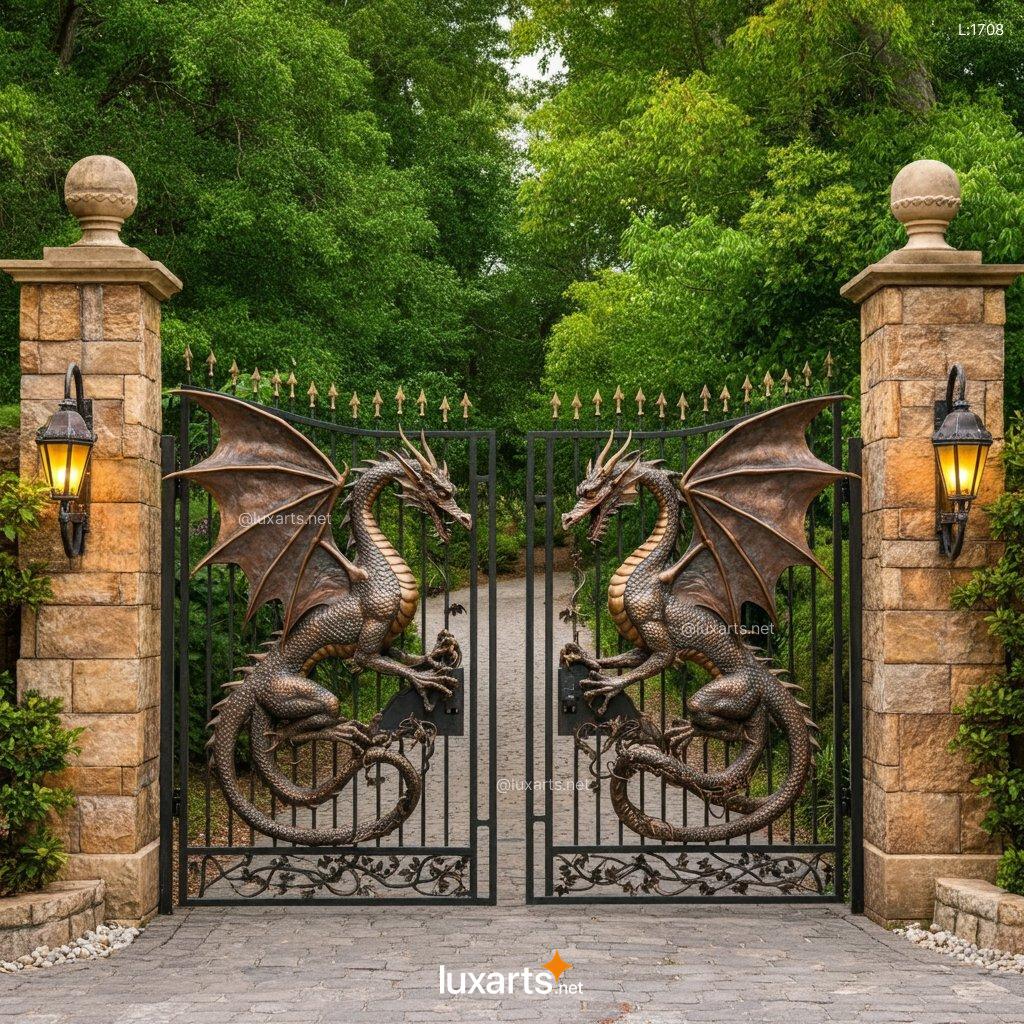
Merging Ancient Inspiration with Modern Design
The magic of Dragon Gate lies in its fusion of ancient symbolism with contemporary creative methods. In today’s world, where modernity often overrides tradition, Dragon Gate seeks to harness both the past and the present. By tapping into the deep cultural resonance of dragons as symbols of power, wisdom, and potential, the Dragon Gate philosophy becomes a launching pad for innovative and dynamic design ideas that are timeless and visionary.
This concept challenges creators to experiment with abstract forms, novel materials, and new color combinations, much like the mythical fish striving to evolve into dragons. It beckons those who follow its path to reimagine the ordinary, turning the mundane into something extraordinary. But how exactly does this happen? The key lies in embracing creativity and innovation without fear.
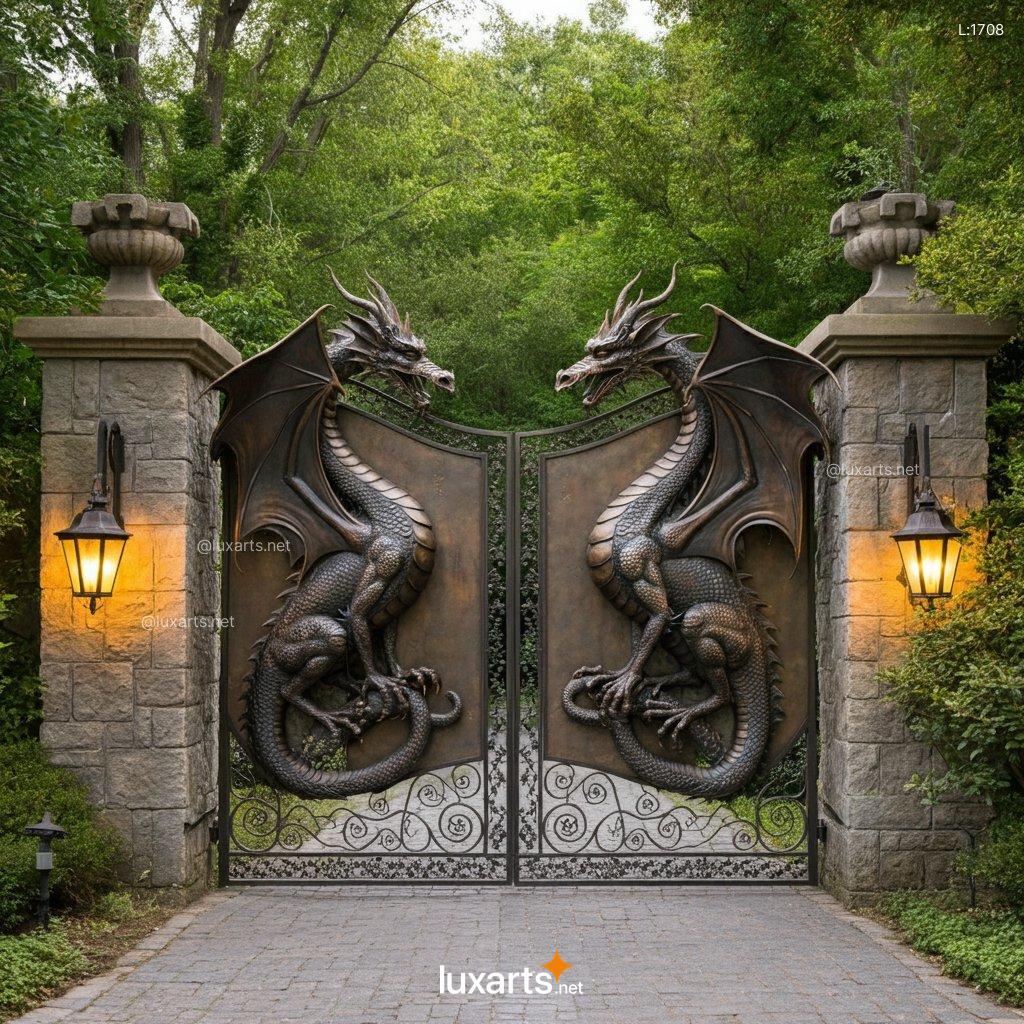
How Dragon Gate Unlocks Creativity
Tapping into the Power of Color
One of the most effective ways to spark creativity is through the use of color. The emotional and psychological impact of color has been well-documented in design psychology. Colors are more than just visual elements; they communicate emotions, set moods, and convey messages that words sometimes cannot.
In Dragon Gate, color is not merely an aesthetic choice; it is an emotional tool that opens doors to new creative ideas. By using bold, unconventional color combinations, Dragon Gate helps designers step out of traditional paradigms and explore new ways of thinking. Think of rich, deep purples and vivid greens that echo the majesty of the dragon, alongside fiery oranges and golds that represent transformation and energy. Each hue serves to inspire a different aspect of the creative journey:

- Red: Represents energy, passion, and action. Red within the Dragon Gate framework can spark boldness in design.
- Blue: Symbolizes calm, depth, and intellectual thought. Blue can guide introspective creativity, helping designers solve problems or conceptualize sophisticated forms.
- Gold: Represents success, prosperity, and achievement. Used in a Dragon Gate design, it encourages a sense of accomplishment and creative fulfillment.
Designers who embrace Dragon Gate will find themselves using color not just for its visual appeal but also for the emotions and ideas it evokes. By focusing on how colors make the observer feel, creators can build designs that resonate on deeper levels, drawing users or viewers into an immersive, sensory experience.

Breaking the Mold: Embracing Unconventional Materials
At the core of Dragon Gate’s philosophy is the idea of embracing materials that challenge the norm. Traditional design often works within the constraints of familiar tools and materials—wood, metal, plastic—but Dragon Gate encourages creators to explore unconventional mediums that push the boundaries of design. This could include mixing different textures, combining digital and physical elements, or even incorporating unexpected elements like lighting, sound, or motion into a static design.
For example, imagine a living room centerpiece that combines illuminated glass sculptures with flowing silk fabric to mimic the movement of water, encapsulating the elegance and flow of a dragon in motion. Or picture furniture that changes color based on the time of day, reflecting the transformation of the mythical creature at dawn and dusk. Dragon Gate prompts designers to innovate, experiment, and allow their creativity to evolve as fluidly as the dragon itself.
This approach results in designs that are functional, yet transformative, often leading to products and environments that feel like living, breathing organisms rather than static objects. Whether it’s home décor, architectural design, or fashion, the Dragon Gate philosophy drives an ever-evolving creative process that defies expectations and embraces endless possibilities.
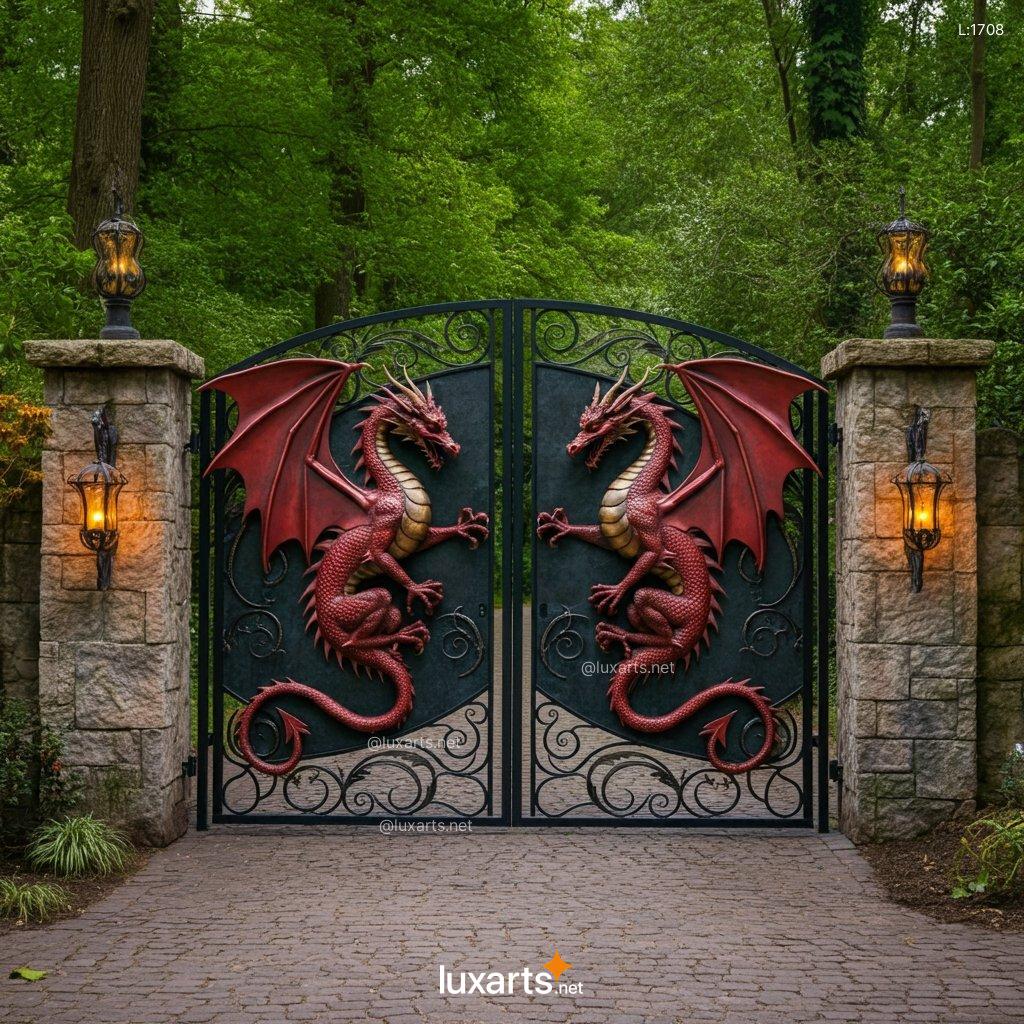
The Metamorphosis of Ideas: Creativity as a Process
In keeping with its symbolic origins, the idea of Dragon Gate views creativity not as a one-time occurrence but as an ongoing metamorphosis. Much like the fish transforming into a dragon, the process of creativity is fluid, constantly evolving, and unpredictable. Designers and artists who engage with the Dragon Gate philosophy are encouraged to embrace this evolving nature, allowing their ideas to shift and change over time rather than clinging to a rigid vision.
This continuous evolution promotes adaptability in design, where creators are free to adjust their projects based on new inspirations or ideas. The freedom to change and grow means the end result is often far more innovative and original than the initial concept. It fosters a culture of creative flexibility, where the journey is as important as the final product.
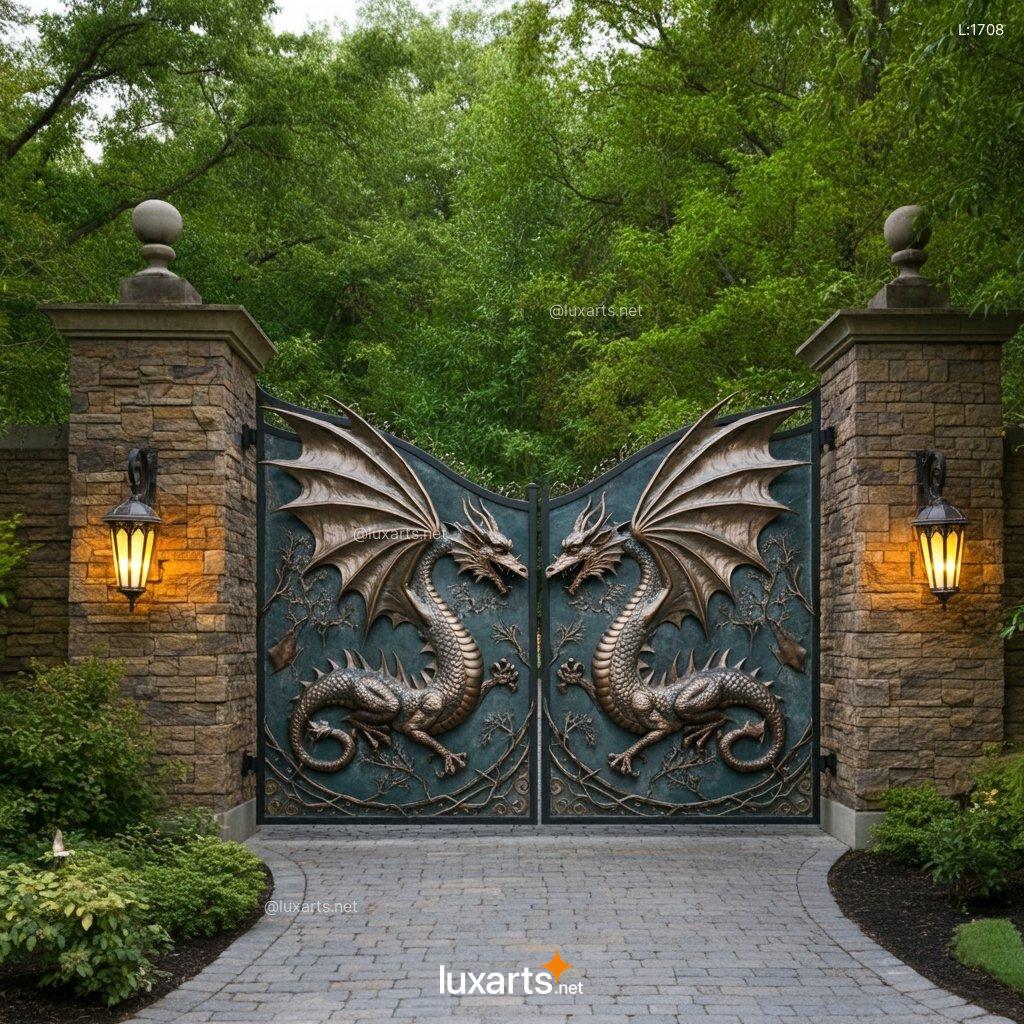
Benefits of Incorporating Dragon Gate in Your Designs
Stimulating Creative Freedom
Dragon Gate inspires creators to break away from the limitations imposed by conventional design approaches. By encouraging designers to explore the unknown, Dragon Gate opens up a new realm of possibilities, where imagination is the only limit. The process of designing through Dragon Gate is liberating—there are no wrong turns, only new ideas that can be tested, refined, and transformed.
This freedom empowers not only professional designers but also hobbyists, students, and creative thinkers in any field. Whether you’re working on a home improvement project, designing a new product, or even crafting a unique piece of digital art, Dragon Gate can serve as your muse, helping you realize the full extent of your creative potential.
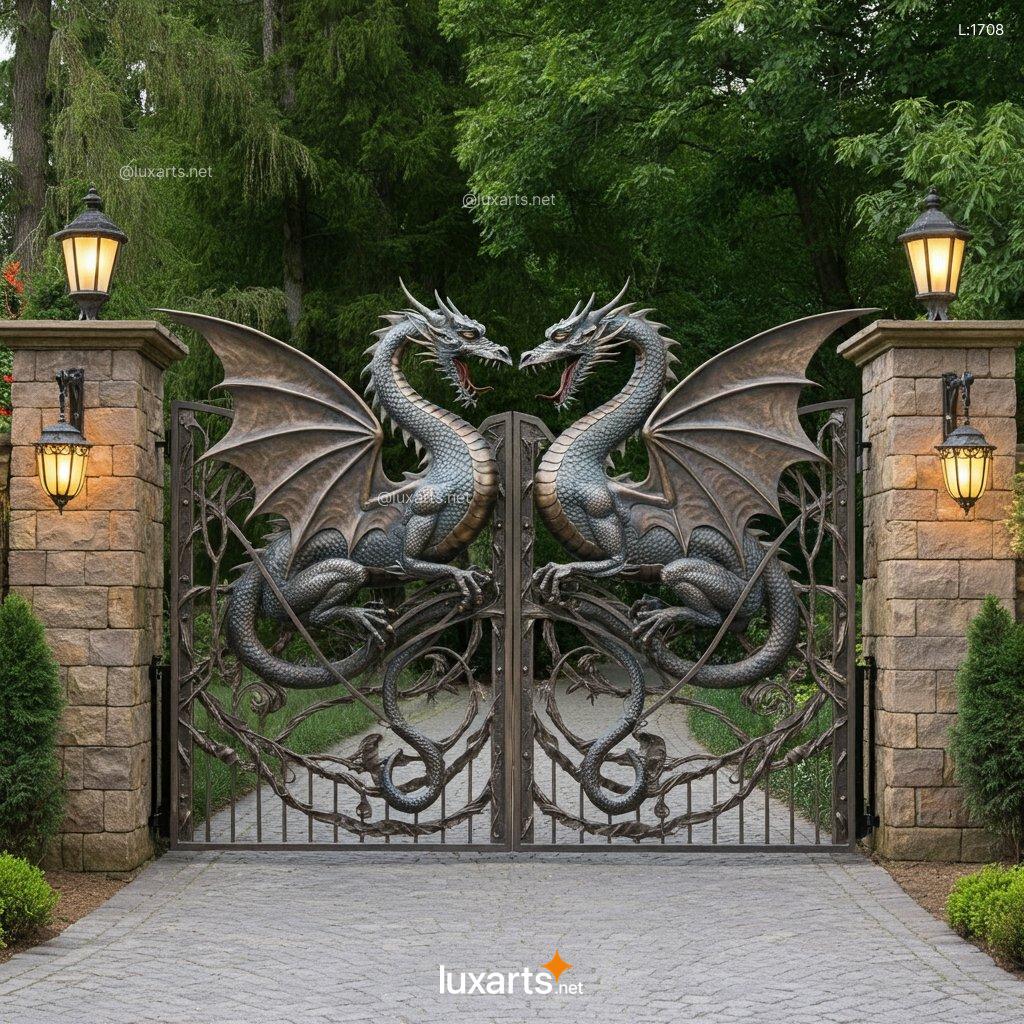
Innovation in Everyday Spaces
The beauty of Dragon Gate is that it can be applied to a wide variety of environments and design settings. From interior design to fashion, product development to advertising, the concept is versatile enough to enhance any field. Imagine using Dragon Gate to reimagine a work environment that fosters creativity by incorporating dynamic color schemes, unique textures, and stimulating lighting arrangements. Such an approach could significantly enhance productivity and satisfaction in the workplace.
Dragon Gate can also be applied in residential settings, transforming homes into places of inspiration. Living spaces can become oases of creativity, where every piece of furniture, artwork, or architectural element reflects a deeper sense of purpose and connection to the inhabitants.
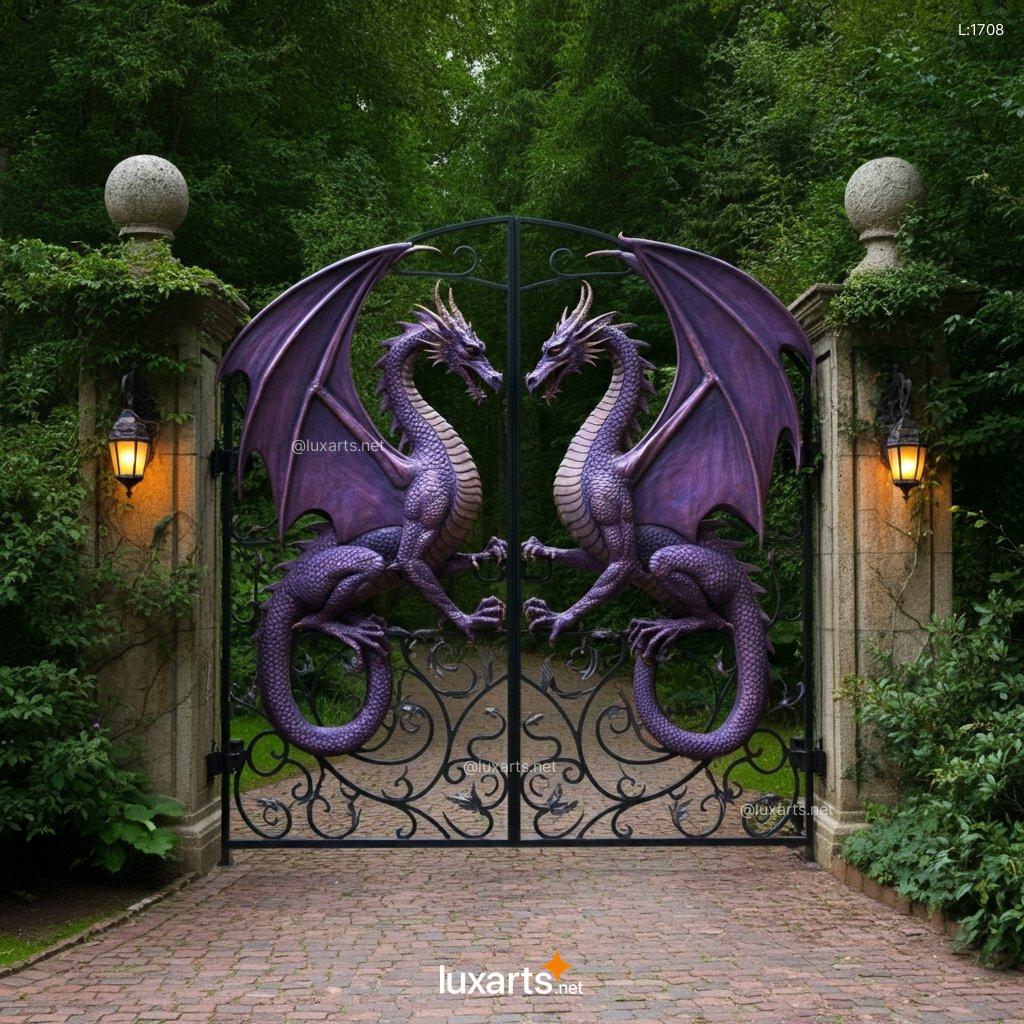
Emotional and Psychological Benefits
By incorporating Dragon Gate into design practices, creators can offer spaces and products that enhance emotional well-being. The concept emphasizes harmony, balance, and transformation, all of which are key to improving mental and emotional health. A room designed with calming colors like blues and greens, coupled with elements that encourage mindfulness, can reduce stress and promote tranquility. On the other hand, bold designs with vibrant hues can inspire action and motivation.
For businesses, products designed using Dragon Gate’s principles can connect with consumers on a more profound level. The emotional resonance of such designs can lead to stronger brand loyalty and higher satisfaction, as consumers feel a deeper connection to products that appeal not only to their functional needs but also to their emotions and aspirations.
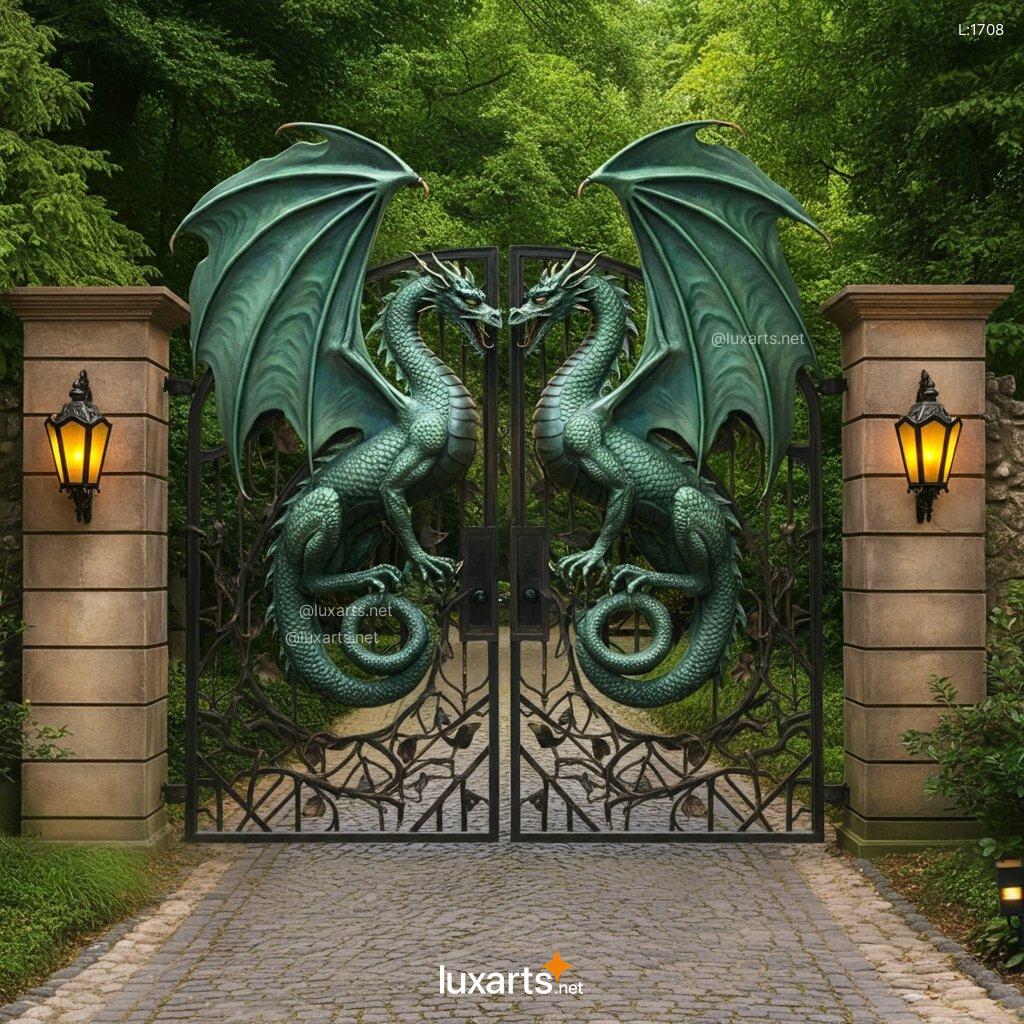
Applications of Dragon Gate in Design
Architecture and Urban Planning
Dragon Gate can revolutionize architectural design by challenging architects to rethink traditional forms and structures. Imagine cities where buildings aren’t just functional, but artistic expressions that evolve with their surroundings—changing colors or textures to reflect the weather, the time of day, or even the season.
This innovative approach could extend to urban planning, where public spaces are designed to inspire creativity and promote community engagement. Parks, plazas, and public art installations could incorporate Dragon Gate principles, turning everyday spaces into transformative environments that foster a sense of wonder and imagination.
Interior Design
In the realm of interior design, Dragon Gate encourages the use of unconventional materials, playful color schemes, and dynamic arrangements to create spaces that aren’t just beautiful but emotionally engaging. Imagine a bedroom where the walls shift color throughout the day, or a living room that incorporates soft, organic shapes to mimic the flowing movement of a dragon.
Such spaces are designed to not only be aesthetically pleasing but to encourage creativity, relaxation, or productivity, depending on the purpose of the room. Dragon Gate pushes interior designers to create spaces that tell a story, each detail contributing to the overall emotional and sensory experience of the inhabitants.
Fashion and Product Design
In fashion, Dragon Gate could inspire clothing and accessories that transform as the wearer moves—patterns that shift in the light, fabrics that change texture in response to touch, or designs that merge digital elements with physical materials. The concept would also drive product designers to create items that go beyond function, incorporating dynamic forms and materials that push the boundaries of practicality and art.
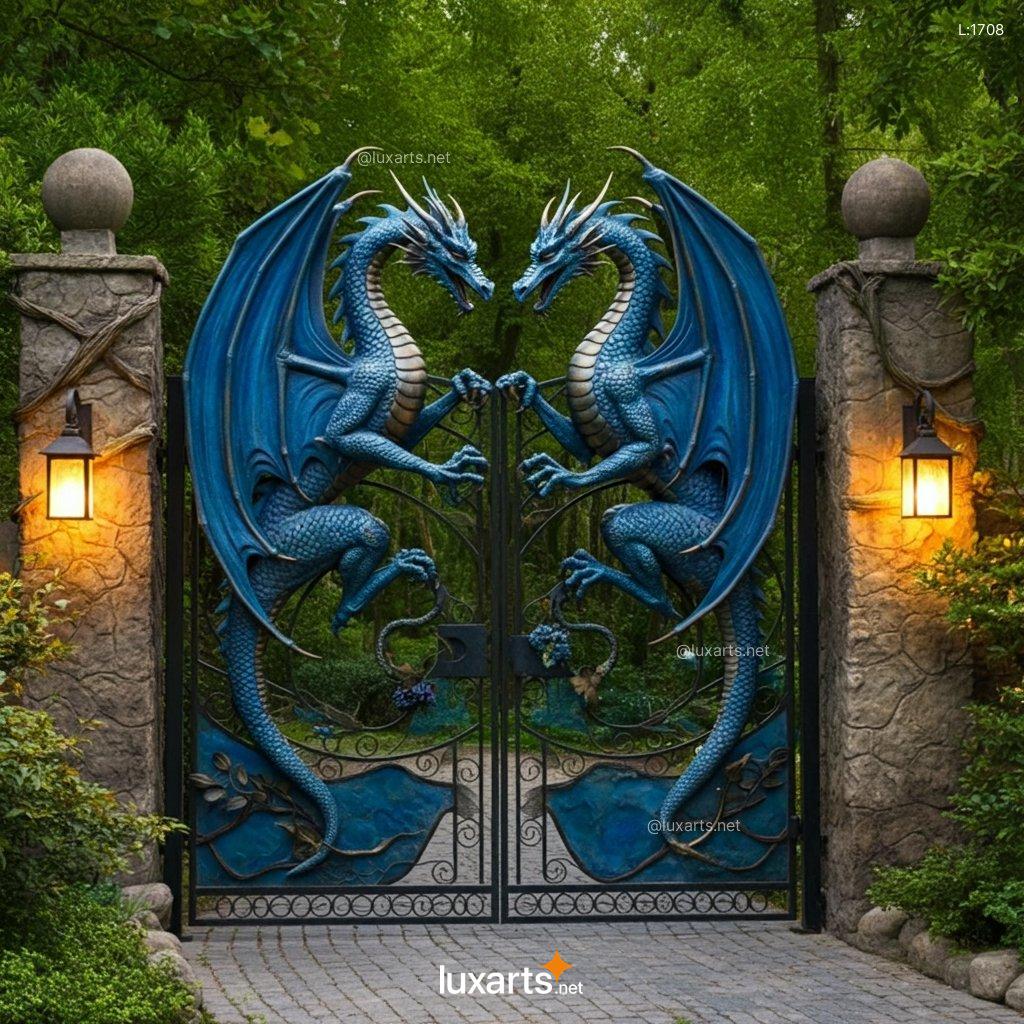
Conclusion: Embracing Dragon Gate to Unlock Creativity
In a world that often prioritizes practicality and conformity, Dragon Gate stands as a beacon for those looking to break free from the ordinary and unlock their full creative potential. By merging ancient symbolism with cutting-edge design philosophies, Dragon Gate encourages designers to think boldly, experiment with color, embrace unconventional materials, and let their ideas evolve freely.
Whether you’re a professional designer, a creative hobbyist, or simply someone looking to add a little more beauty and innovation into your everyday life, the Dragon Gate philosophy offers endless possibilities. Through this concept, you can transform your creative vision into something truly extraordinary—unlocking your inner dragon and allowing your imagination to soar
NOTE: All images in this post are AI-generated and intended solely for inspiration. These are not real products available for sale, and we do not operate any online store or website for purchases.
